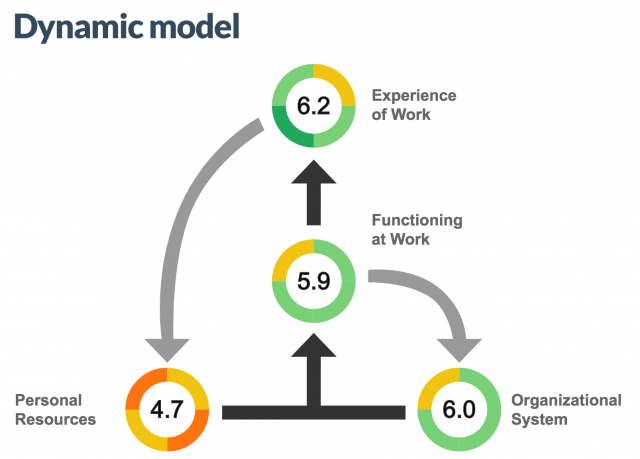I’m teaching Working with Emotional Intelligence again at Southern Oregon University. This term, it’s for the Innovation and Leadership Program, a degree completion program for adults who previously started but did not finish their bachelor’s degree.
Recently, we talked about positive psychology and the role gratitude plays in our emotional and physical health. Research by Robert Emmons reveals that expressing gratitude improves physical, mental and social well-being.
Physical Benefits
- stronger immune systems
- less bothered by aches and pains
- lower blood pressure
- exercise more and take better care of their health
- sleep longer and feel more refreshed upon waking
Mental Benefits
- higher levels of positive emotions
- more alert, alive and awake
- greater joy and pleasure
- more optimism and happiness
Social Benefits
- more helpful, generous and compassionate
- more forgiving
- more outgoing
- feel less lonely and isolated
Around Thanksgiving, I always begin to think more about what I am grateful for. I know that sometimes I forget to be grateful when I’m rushing through busy, jam-packed days and nights.
How do we get in touch with gratitude when it seems like there is so much negativity in the world?
We can start with these questions:
- What am I grateful for today?
- What good did I do today?
- How was I helpful today?
- What went well today?
Asking yourself these questions makes you remember the good. And while at first it may take some thought to come up with the answers, it becomes easier with practice. Because you are focusing on the good, you’ll develop new neural pathways and start noticing the good as it’s happening.
Here’s a little exercise you can incorporate into your life to help you notice the good more readily and increase your feelings of happiness and gratitude. It’s called “What Went Well.” There are many variations, but I especially like Marty Seligman’s version (he’s the founding father of positive psychology). He suggests that at the end of each day you take a few minutes to write down three things that went well. These don’t need to be earth-shattering in importance (e.g., “The hiking boots I ordered online fit perfectly”), or they can be super-important (“My daughter just gave birth to a healthy baby boy.”)
It may seem awkward at first to write about positive events in your life, but stick with it. It will get easier. You’ll begin noticing the positive events as they are happening and have the opportunity to relish them. With daily practice, six months from now, you will be happier, more grateful and maybe even addicted to this exercise!
Are you already doing a variation on “What Went Well?” Please tell us about it in a comment below.
















